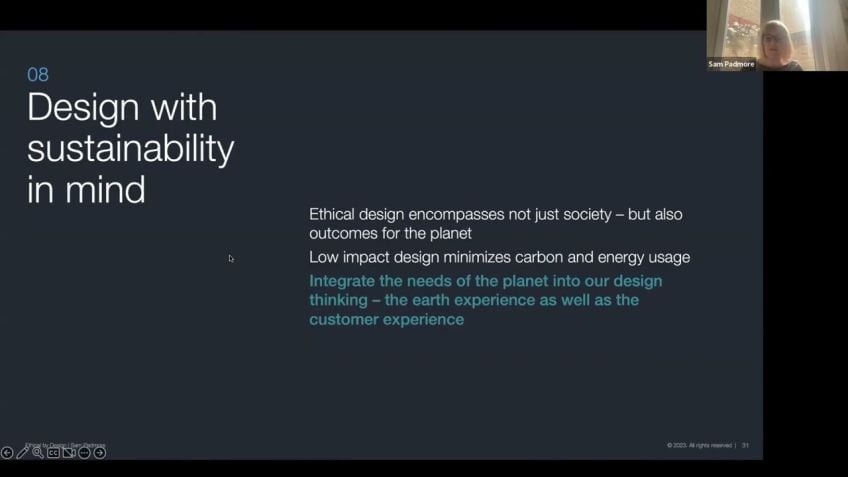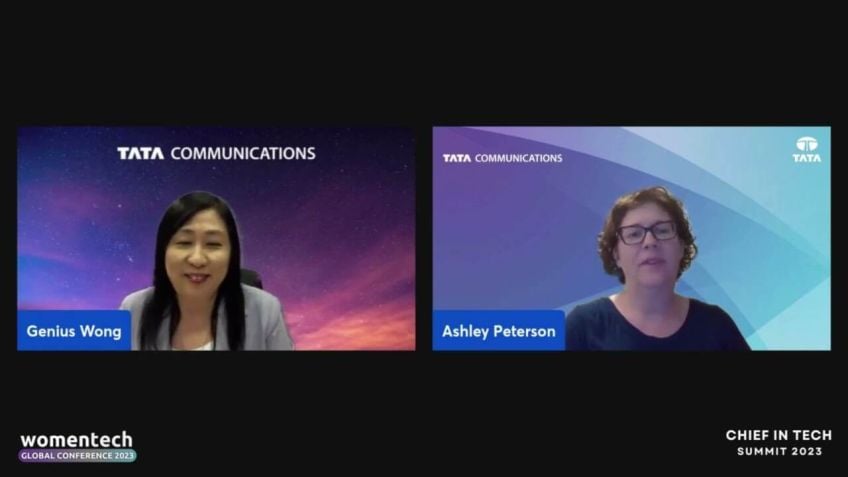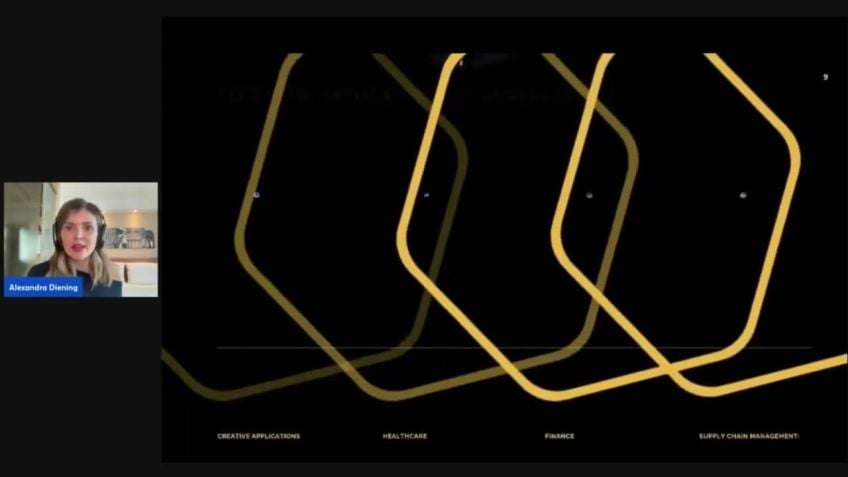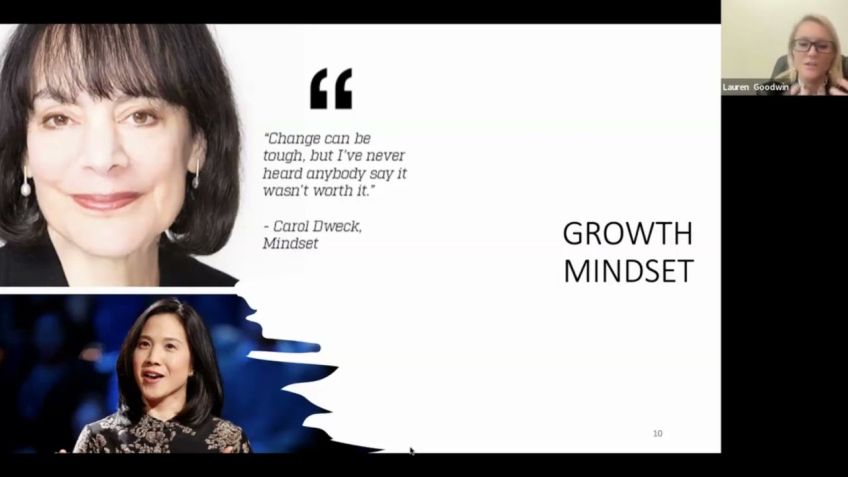Scaling ad-filtering tech for almost a quarter billion users (and counting) by Jutta Horstmann
Scaling Ad Filtering Technology for Better Online Advertising
As internet usage continues to increase rapidly, so does the need for an efficient and non-disruptive online advertising strategy. U Hman, Managing Director and COO of IO, along with GK, CTPO at IO, reveal how they are scaling their unique ad-filtering technology to benefit hundreds of millions of users worldwide. They explore how various products under IO are changing the digital advertising scape and creating a healthy online ecosystem for stakeholders.
Why You Should Care About Ad Filtering
Ad filtering, contrary to popular belief, is not just about ad blocking. It is about empowering users to control what they see online and encouraging advertisers to create friendlier, less intrusive advertisements. With more than 220 million users already benefiting from their ad filtering technology, IO aims to scale its operations and help create a balanced and sustainable online exchange.
IO's Product Portfolio
IO's diverse portfolio includes both desktop and mobile platforms. Products like Adblock Plus and Adblock, amongst the world’s most popular browser extensions, offer users control over the ads they view. These extensions act as the first line of defense, removing unwanted ads or derogatory content from users' sight. The default setting allows 'Acceptable Ads'—user-friendly and non-disruptive ads—to be seen. However, users can choose to block every ad.
Scalability: From Zero to 220 Million Users
To reach their target of 1 billion users, IO has been working on automating their technology. Based on filter lists—sets of rules that automatically remove unwanted content from websites—they manage what is visible and not visible to users. Managing these filter lists require a significant amount of manual effort which doesn’t scale well.
Allow List: Ensuring Acceptable Ads
IO takes their users' feedback seriously, thus maintaining a 'Allow List.' They continuously check for websites following Acceptable Ads standards and adapt the list to provide the best user experience.
Project Moonshot: Machine Learning for Automating Ad Filtering
To reduce human intervention and improve efficiency, IO is venturing into artificial intelligence with Project Moonshot. Their aim is to design an AI system capable of filtering ads automatically. It collects data using an extension that labels ads, processes the data, feeds predictive models, and ultimately uses these models to filter out ads automatically.
In conclusion, scaling up ad filtering technology, while ensuring that online advertising continues to exist in a more user-friendly manner, is indeed a challenging task. IO's progressive work highlights the importance of automation and machine learning in paving the path towards a balanced online ecosystem beneficial to all stakeholders—users, publishers, and advertisers.
Queries or Feedback
If you have any queries or feedback regarding IO's work to enhance online ad viewing experience through their filter technology or their goal to reach 1 billion users, please do not hesitate to share or ask. Your thoughts and questions are always welcome.
Thank you for joining us, and enjoy the rest of the conference. Have a great day!
Video Transcription
My name is U Hman. I'm managing director and chief operating officer of IO and I'm presenting together with GK or CTPO at IO. Our topic is scaling a further techno technology to already almost a quarter of a billion users and moving forward to a larger scale.So um now the talking protocol today is first, I will give a brief intro in what a fitting is and why you should care about it. Um And then I will hand over to Edward who is going to um invite you on into the world of scaling adverting technology and how we adapted our product portfolio to it. And then she will zoom into one of the most important aspects of what ad for is and this is the fidus and what we automate around it. But now um if I could see you, I would see the question marks in your eyes. So who is that I or what is she talking about? So probably you might have encountered some of our products. If you're using an app blocker in your desktop or your mobile device, you might have uh installed one of our uh products, either a plus or a block because they are the most popular browser extensions worldwide.
And we started with the uh desktop extensions and um uh extended those to over 100 million users worldwide. And then um we extended the portfolio also to the mobile space and get what we share more insights into this into a second. But what is all of this about? So the problem that we identified in the online ecosystem is that the user has no control, they see ads because this is how the online ecosystem is monetized and they keep seeing more and more ads and we are in a vicious circle there because currently um advertisers don't stand out in this huge amount of ads.
And this means that budgets need to move into even more aggressive ads. And with that, the publishers, um uh they uh provide the, the means to show the ads to the users, they earn less and also have to allow more aggressive ads. So in the end, this is a vicious cycle that we are able to break based on what we call the acceptable ads standard because with that, we provide the ad blocking user with the control to see fewer ads to see ads that are not annoying, which in turn provides an incentive for advertisers to run user friendly ads.
And this overall cap on ads that the acceptable ads standard sets and makes the ads more valuable for the publishers. So overall, um this leads to our mission at IO, which is that we want to empower a balanced and sustainable online value exchange between the um the the uh the players in this online ecosystem, users, publishers and um and advertisers by building monetizing and distributing ad filtering technology.
So I hope that this makes it clear that overall that it is not only about ad blocking at uh IO but about a filtering because our vision is that we want to put all of the stakeholders in this online ecosystem in control of a fair and prosperous internet. And we want to scale that. We want to extend our reach, we want to extend to 1 billion users and how we go about this. This is what now get what is going to share,
you can change you your time. Thanks ya uh for the insights regarding acceptable ads. Um So you have heard we have grown very strongly from almost zero users to 220 million users right now. And we want to grow further to 1 billion users, 1 billion users. Let me set in this into a relation. At the moment, we have 5 billion users in the internet worldwide and we want to reach 1 billion. So this is quite a lot. But we, before we talk about technology and how we want to scale and what is um ahead of us. Let's go a step back and let's have a look at our product portfolio and how we adapted our product portfolio to reach these 220 million users. Again, our key metric are the users who use acceptable ads, more users, more publishers will join um our network, our partners for us. And then we have more revenue. And of course, we want to save uh more users from that ads. So it all started as you already mentioned with um the web extension block plus, this is the web extension. Uh We started with Firefox and then we build this extension for all the major browsers, you see Chrome and Safari and the other logos. And again, it's important to understand when you as a user install the web extension. The default setting is that you see acceptable ads.
So when you go to a publisher website with who partners with us, you see acceptable ads, but you can also deactivate acceptable ads and then every ad is blocked. This is important to know and what, what's also important to know is the opt out rate is very low six until 7% of the users deactivate the acceptable ad. So the acceptance for acceptable ads is quite big. So we started with a block plus at UC and then we bought another big player in the market at block, another web extension. And we also integrated acceptable ads for this web extension. So and then we thought, OK, we want to reach more users what to do. Let's go to the mobile platforms because this is all desktop, we build a mobile app block browser. Uh And we also uh build extensions for the Samsung internet browser. This um these are the activities or products we have for our B to C business on the mobile platforms. And then the next idea we had was what about if we can integrate our ad filtering solutions directly into browsers, not as an extension which has to be installed by user, but have having a direct integration and have partnerships uh with these um browser vendors. So then we started to implement these products for mobile and also for desktop. These are SDKS, Android, Chromium, SDK, I OS SDK and Chromium SDK for our Chromium based browser for desktop and the javascript SDK. This is our product portfolio at the moment.
And of course, you can imagine that these products um this B to B product with the partnerships scale much better than the B to C um products. So this is what we did in the past. And of course, we continuously looking for new opportunities to reach more users, to get more publishers, to get more revenue and of course to save users for bad advertising. OK. This was the product portfolio. Now let's switch to the technology. As you have already mentioned, our big bases are the so called filter lists. And for me when I joined IO this was my biggest surprise to be honest and that this mechanism of this filter list is the basis for such a big business and for such a big impact for so many users. So uh what's what are these fists and what is the allow list? So here you see on the left side two use cases, one browser with our web extension at block plus and one Chromium based browser, which integrates our Chromium SDK. Both products uses the so-called filter list to block ads in a filter list is a set of filter rules with which you can automatically remove unwanted content from websites, annoying ads, others and banners troublesome tracking. Um It's very, it's, it's very easy.
Uh FID list are just regular expressions in text files. That's it. Um The interesting thing is that the ownership of the Fidel list, our product use uh lies not at IO we use external fist, open source fists and our product uses these fists. The ownership is not with IO to then allow ads where we say, hey, these are acceptable because they follow our acceptable ads criterias. We use the so called allow list. It's almost the same. It's also regular expressions in one text file. It contains the white list of publishers and it also contains exception rules for acceptable ads and the ownership lies at IO we edit and maintain this allow list. Yes. So this is the basis for our products and um let's have a look on some facts and figures regarding uh this fid list. Um So you understand better. What's, what, what's all this about? Again, the fid list provide information what to block and hide. It's open source. There is a big huge community out there. There's also a website, Fid list.com, you can have a look. Um, and get more information. We have fists in more than 40 languages. More than 500 photo lists exist at the moment and the most widespread fist is the so called list with 80,000 filter rules in one list, 400 commits per week. More than 40 authors. So many changes, it's really a big community. They work the whole time on this list.
Um And also important to know when we block ads. Uh the websites don't look broken. Also the potential at the ad containers are hidden. So there is a rearrangement of the web page. So it looks much better uh with filtered ads. The problem with these fidel lists and also with the allow list is that there are many manual effort around these um this mechanism. So the filter lists, for example, we at IO we distribute this fist to the users. And so we have to ensure the quality of filter lists. Of course, mistakes can make errors can occur. Um So f rules of course, can also break websites. And the big problem is that we have no mechanism to predict before rolling out these changes if um if a federal rule breaks websites, so you really have to think about it. We talk, we're talking about 220 million users and we have no mechanism to have this kind of prediction. And now we have to um um of course, with the syntax for filters, you can write them very conservative. So one rule for one dedicated ad, but then you need really many rules and the lists are really quite big and you also can write it to liberal, to general and all ads in this context have to be blocked.
But then the impact if you have an error in the list is much bigger. So our responsibility is really to ensure this quality. And to be honest, what we do is we focus this on the most impact. So we check the commits and we check how many websites, how many users um will be ha have an impact when there is an error. And then what we do, we test it really also manual. Of course, we do monitoring and crawling and we have some helping tools. But the main thing is it's a lot of manual work. The other important process is anti circumvention. You can imagine that web website operators take action against blocking. This is called circumvention. And we again IO takes action against the convention. This is called anti circumvention.
It's an ongoing cat and mouse game. Yeah. So um f as block ads and then there's the circumvention and we can do anti circumvention. To really have, ensure that the user have the good user experience. We promise. And also under the convention is really um a process with really much effort is highly complex. So it's also a process which doesn't scale very, very well. So this was about the fist. Let's talk about the allow list, our allow list. Um We maintain this allow list. We add publishers, we remove publishers if we see that the publisher of the website doesn't follow the acceptable ads standard criteria. And also we add of course our acceptable ads partners. And of course, we have to ensure that the acceptable ad standard is there. So we check continuously the most important websites if everything looks good. And also this pro uh process is completely manual. We have some helping tools but it costs us much effort. OK? We have seen, we want to grow with the basis fid list. We have a lot of manual effort. This doesn't scale. So we have really a challenge and what are we doing right now? Of course, we um we wanted uh we need more automat and this is why we are running at the moment, the so called project Moonshot. And the vision is that we want to filter it automatically without fertilize, without with without all these manual processes. Our motivation, I think it's obvious reduce human intervention, improve efficiency, be the best in a filtering. It's also about quality.
Um And of course, having cutting edge technology in the ad blocking space. So how does this work? Of course, machine learning approaches is all about data. We need massive good data. And what we did, we build a data collector extension and it works almost the same way uh as our current products because we can filter ads, we know what uh ads are on the website. So this is the same uh the same mechanism, but we don't block the ads or filter the ads, we label the ads. And so we have an extension and the output of the extension is that we have websites data with labeled ads. And this is really quite cool. And we have a crawler and this, uh, crawler crawls, a list of websites executes this extension. And then we have our data, of course, we have to do preprocessing. Um, and uh, we store this data on our data collector server and then we extract data nodes and we have to feed our models at the moment. We have two approaches in neutral language processed based to, uh, find textual elements in the websites to figure out which texts belong to, uh, to ads. And the other approaches graph based model to predict where ads would appear based on layout and uh, the position and the styling.
So we feed our models with our data and then we have, um, a new extension, a filtering extension which uses these models to filter ads automatically. And that's it. So at the moment, um we have a lot of prototypes in place, our mvps and we are quite optimistic. So we, we see really good um results. We think uh it's, it's a long way to go, to be honest, but these are very good approaches and they are absolutely necessary for us to reach our, our goal. So our journey had um we learned a lot and we have to um have some issues in scaling our data collection. And of course, performance is always a big topic and we have to monitor our solution and the whole pipeline we need also for the pipeline automat organization. But again, we are quite optimistic that um we are on a really good status at the moment with our project movement. So that's it again. Scaling was a long journey for us and the journey is ahead of us. Automation is crucial, of course. And if you have any open questions, we are very happy to answer them here. Are there any questions? No,
probably something would come up in the Jets. Thanks back.
Thanks for your feedback, Selena
Good. OK. If there's nothing else, thanks a lot for listening to us and enjoy the rest of the conference.
Have a good day. Bye.





